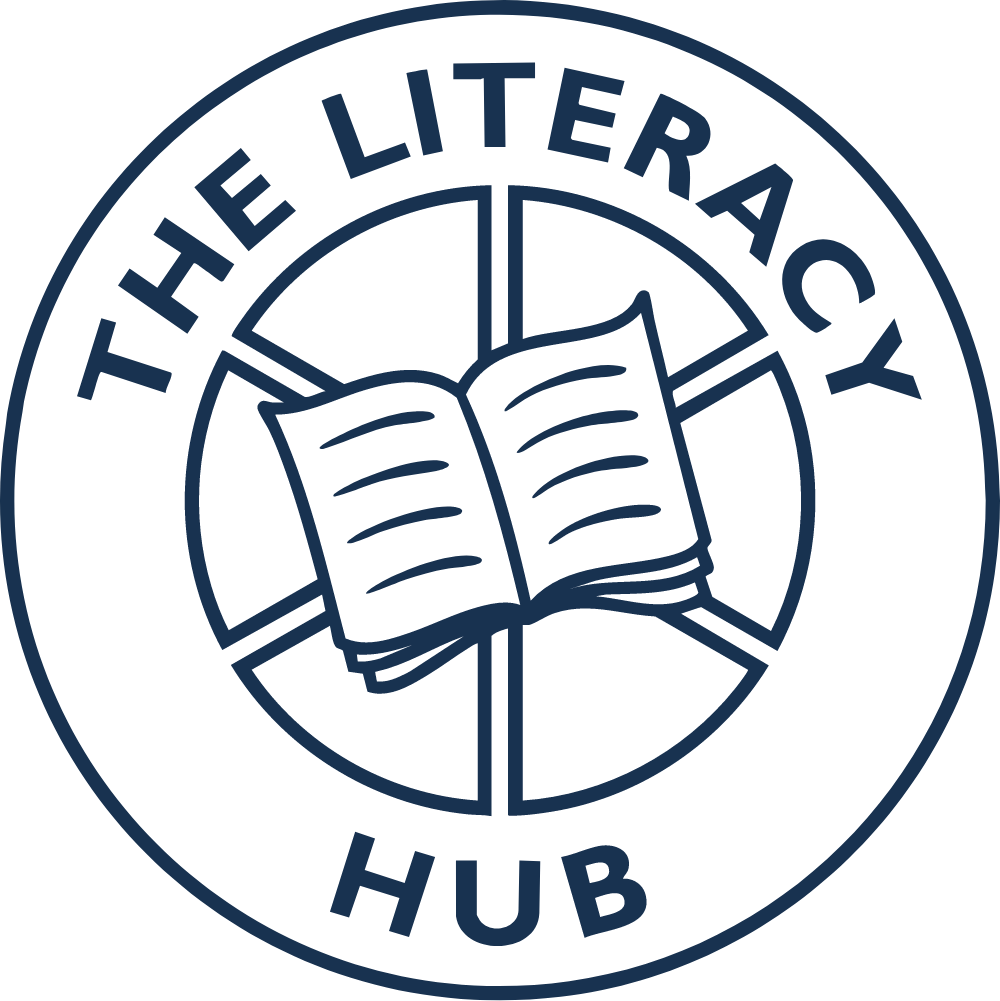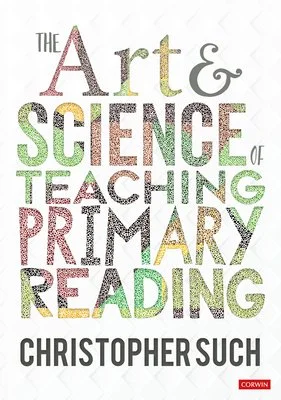The Art and Science of Teaching Primary Reading
The Art and Science of Teaching Primary Reading
by Christopher Such
An excellent introduction to the science (and art!) of reading from an incredibly clear communicator.
Since its publication in 2021, I’ve heard The Art and Science of Teaching Primary Reading recommended on numerous podcasts – and rightly so. Christopher Such has brought together a huge amount of research to produce a readable and informative guide to the science of reading.
Although the title refers to ‘teaching primary reading’, this book is relevant to any practitioners who teach reading, including literacy/dyslexia tutors and those teaching the lower end of secondary.
What it’s about
Part 1 ensures that teachers understand the way that the English writing system works. It describes how the ‘orthographically deep’ nature of English makes it tricky – although definitely not impossible – to teach reading and spelling. The ‘simple view of reading’ (Gough and Tunmer, 1986) is introduced as a simplified framework that helps to understand the processes involved in reading.
Part 2 includes chapters on Phonics and Fluency. Concepts such as analytic and synthetic phonics are explained, and the author emphasises the importance of decoding as the fundamental basis of fluent reading. He discusses issues such as decodable books, the phonics screening check, and whether to teach ‘sight words’.
Fluency is concisely defined, and approaches to fluency assessment and developing fluency are discussed. There is a welcome emphasis on the importance of the “quantitative aspect of reading instruction” – “while children are developing fluency… they must do lots of decoding [original emphasis]” (p. 41). As a secondary literacy interventionist, I see many students who simply need more reading practice!
Part 3 covers the processes involved in language comprehension, with brief but informative overviews of situation models, comprehension monitoring, inference, text structure, vocabulary and background knowledge.
Part 4 takes a broader look at reading in schools, with a discussion of reading for pleasure, disciplinary reading, and the relationship of reading to writing and spelling instruction.
Part 5 is titled ‘Addressing Reading Difficulties’. This section briefly discusses dyslexia, touching on the debates surrounding the term. Guidance is given on approaches to assessment and tracking progress. Intervention is mentioned fairly briefly, with an emphasis on ensuring that interventions are useful (not just box-ticking) and that children are not taken out of class without considering the impact on their learning.
Part 6 looks at how teachers might manage to implement reading instruction in the classroom, discussing the balance between different activities, strategies for questioning, and choosing texts.
The best bits
I really liked the way that issues were discussed both from the perspective of research and drawing on the author’s practical experience as a classroom teacher. The reading research is exceptionally well-explained, and everything is supported by references. There are also ‘Further reading’ sections that include some excellent recommendations.
I also liked Chris Such’s appreciation of the value of teaching Greek and Latin roots:
“I would argue that in terms of effort to payoff ratio, there is no one thing a person can do to boost their understanding of language (and of their world) that is as effective as memorising 100 or so Latin and Greek root words.” (p. 81)
I’ve found that students respond really well to etymology teaching, so I’m in full agreement with this!
The less good
Well, the only ‘less good’ thing about it is that it needs more detailed information about the best ways to implement the practices that are discussed. However, Chris Such realised this and has written a very good follow-up Primary Reading Simplified to fill the gap (reviewed here).
The takeaway
Informative, thoughtful and readable – this book is my top recommendation for teachers who want an overview of the ‘science of reading’.

